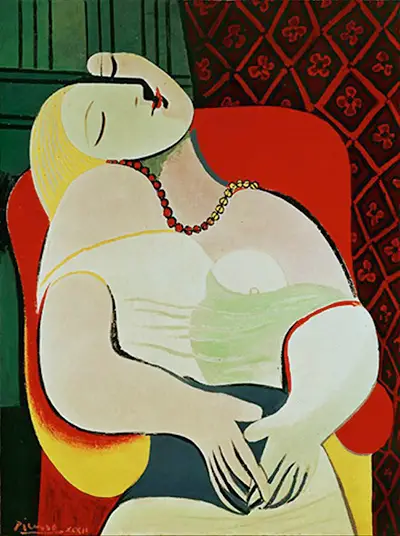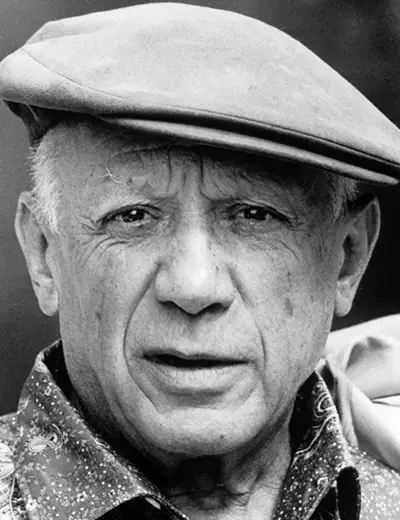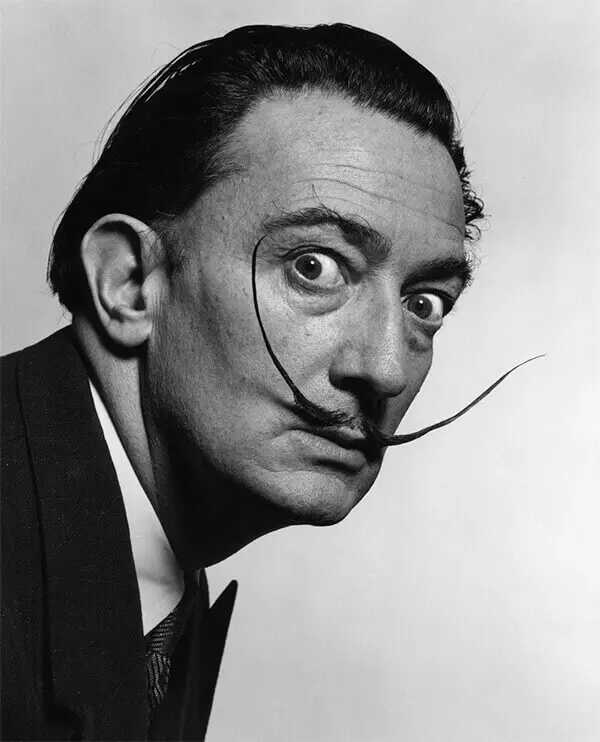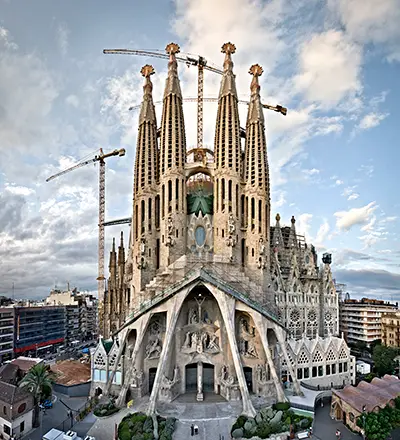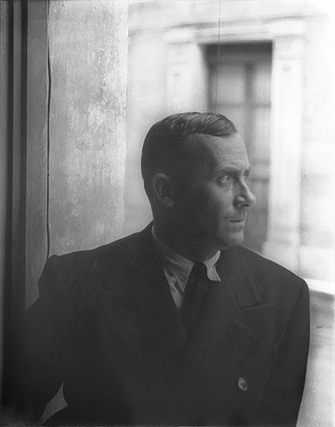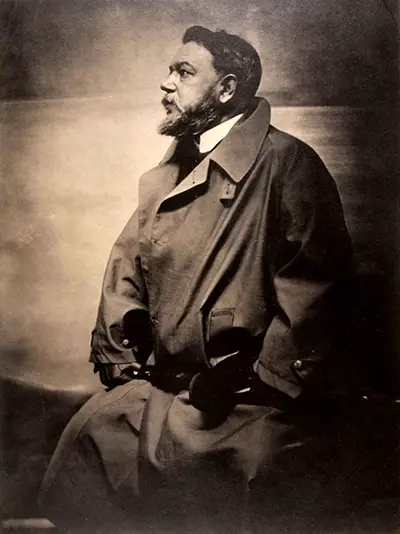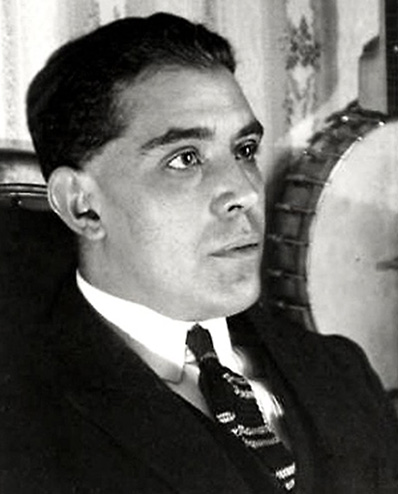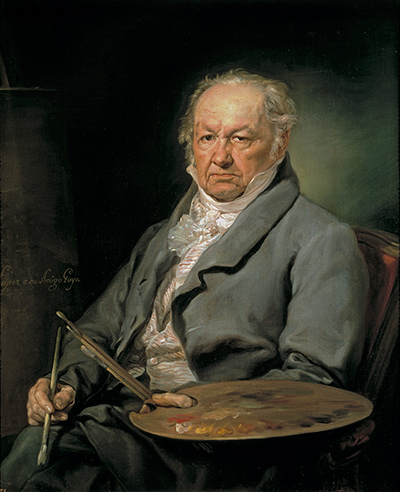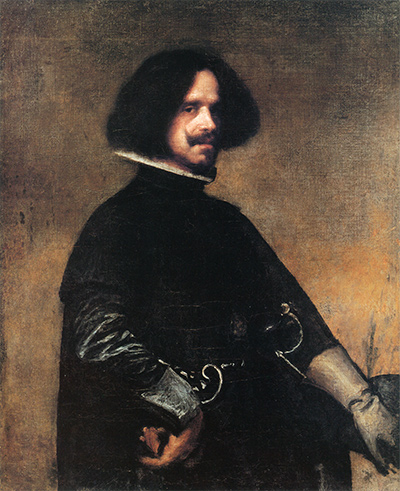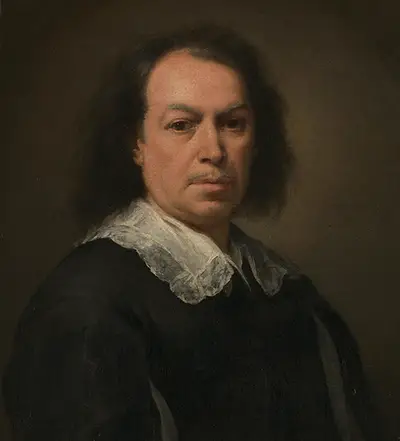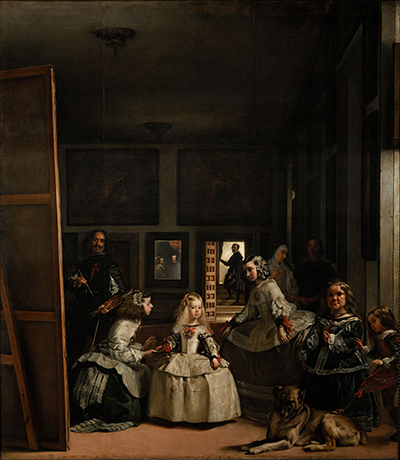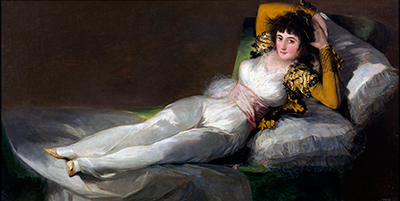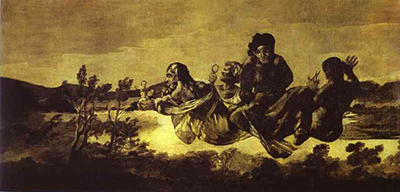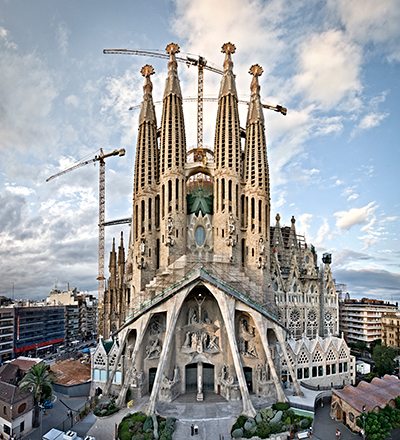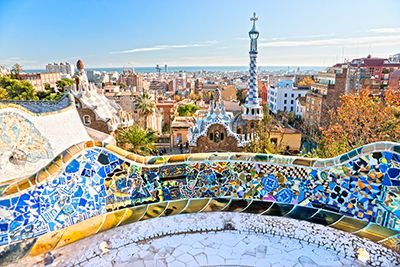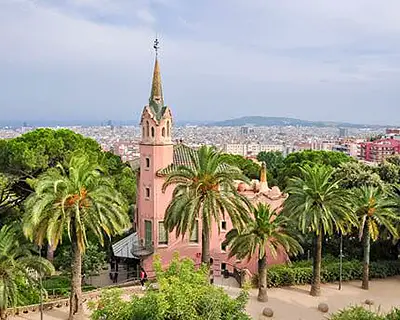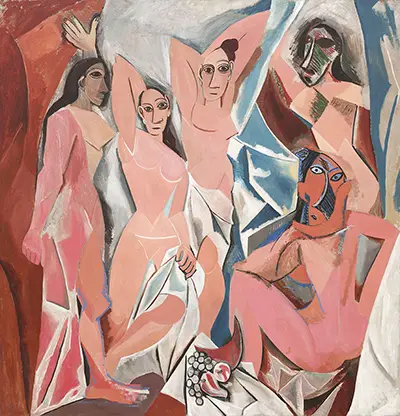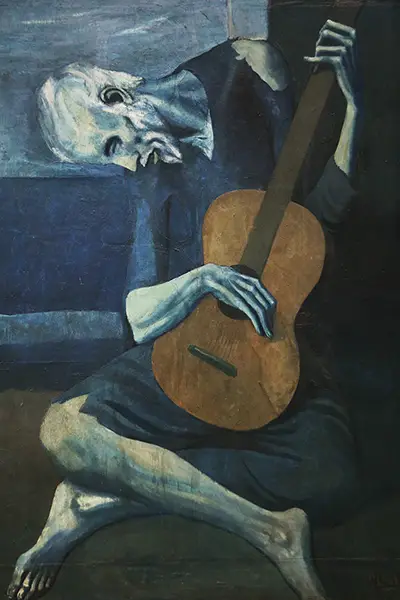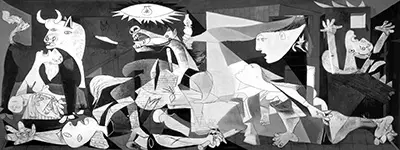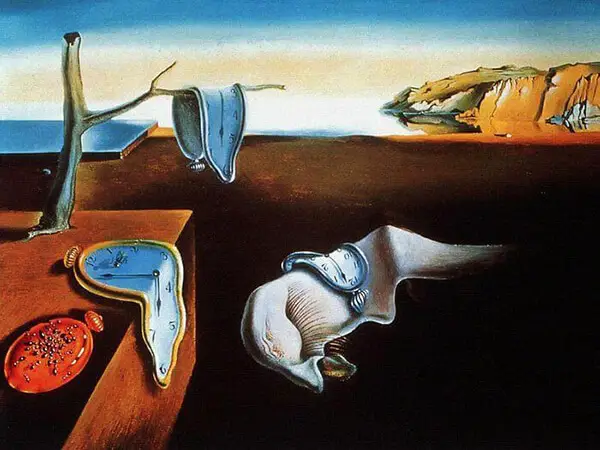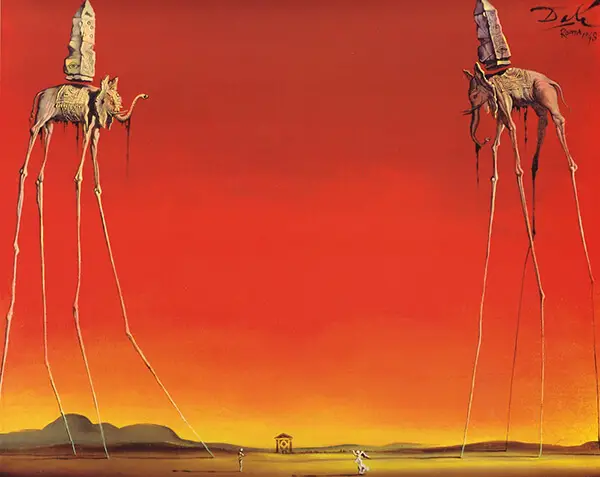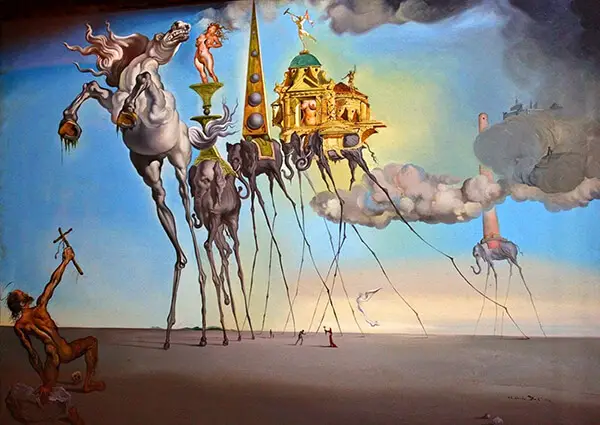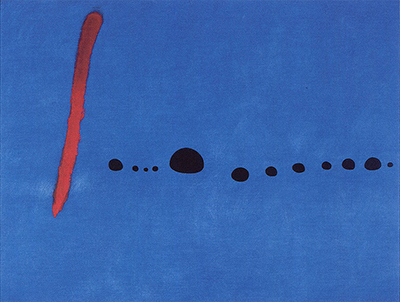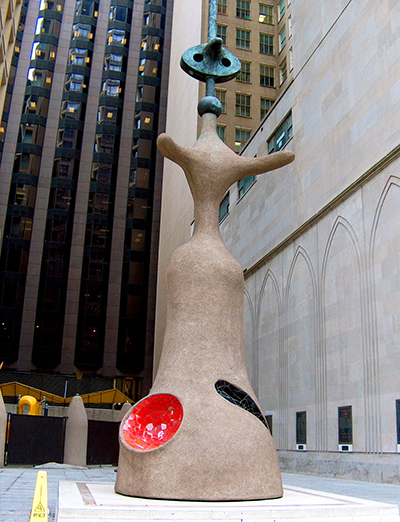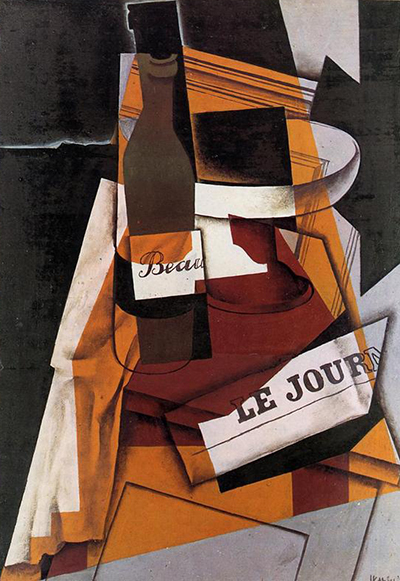We can go back much further than the last two centuries to find Spanish involvement in more traditional artistic styles. In those you will find perhaps less imagination but certainly an impressive level of technical brilliance, such as with the likes of Goya, Velazquez and Murillo. One can even go further into the various regions of this great nation, with the particularly proud Catalans having produced a number of world famous artists just themselves. We can then go elsewhere to find the El Prado Museum in Madrid, which remains one of the finest art galleries in the world and also continues to display the most impressive collections of Spanish art in the world. Most of the names mentioned here are featured in that gallery, as well as several other notable galleries in it's vicinity with in the centre of the city.
Those interested in European art more generally can also find further discussion of other nations here, including famous French art, Italian art and British art. The continent boasts an impressive selection of styles from across recent centuries and Spain continues to take a prominent position within the overall oeuvre of this highly cultured and influential region. European artists took in many influences from abroad during the colonial era and appended their own ideas and technical innovations to produce series of work that would then inspire others from around the world. Some of the initial influences upon them included art from Africa, Oceania and South America. Without the increased travel around the world that occurred in previous centuries, this spread of information would never have been possible.
Spanish art has led the European continent in both traditional and modern art movements, which is not something that many other nations have managed to achieve. When one considers Italian art, for instance, there was an extraordinary dominance in the Renaissance era but only individual artists of note after that. The opposite could be said for the UK who have produced a number of notable figures over the last two centuries, but contributed much less during the previous periods of the Renaissance and Baroque eras. The Prado Museum in Madrid helps to draw attention to the local artists that sometimes get lost behind more famous French and Italian alternatives. Indeed, you can also find El Greco well represented here and although Greek he is sometimes included in lists of Spanish artists because of the large amount of time that he spent living in the country. The Prado Museum concentrates on more traditional art forms, but several other galleries around the corner focus on more modern styles.
Art and politics have always been tightly linked within Spanish history, in all manner of different ways. One of the most famous Spanish paintings, Guernica, depicted the destruction inflicted by the Fascist regime of Franco in the Spanish Civil War. The country itself vowed never to discuss this conflict in order to move on with a clean break, but this painting continues to serve as a reminder of the horrors of war and the dangers of giving any one person too much power. We can then go back several centuries to find most famous Spanish painters to be employed by the ruling powers within their court. Velazquez, for example, greatily boosted his career by establishing a strong relationship with the Spanish Royal Family who would serve as donor to many of his paintings. This would remove any financial concerns that he may have had, and enable him to concentrate entirely on producing the best work that he possibly could do.
